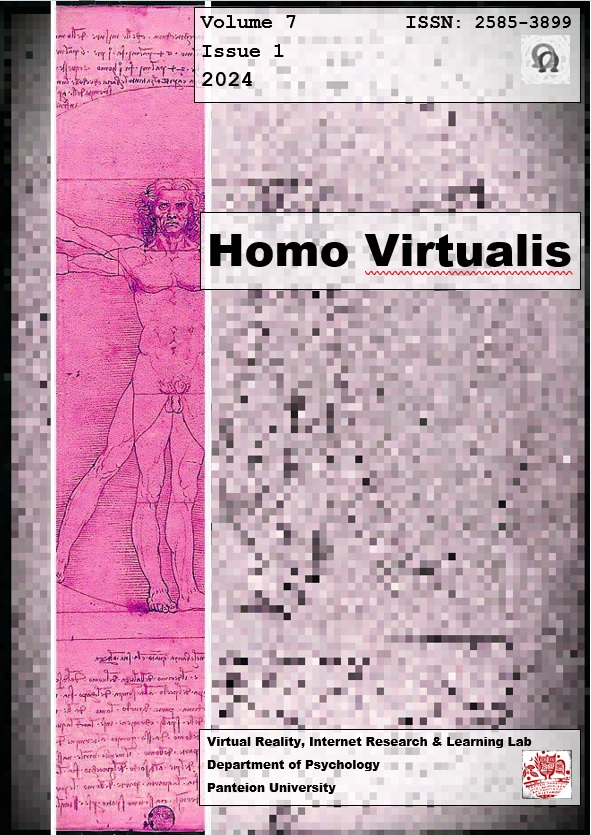The views of educators on the utilisation of information and communication technologies in controlled educational environments: The example of therapeutic communities

Abstract
Reintegration of individuals into the community constitutes an official strategic aim for correctional facilities. It methodically addresses the factors that contribute to the recurrence of delinquent behaviour while simultaneously reinforcing those that will aid in the stability of this integration. From this perspective, incarcerated individuals need to be educated on how society and the state operate. A crucial part of this education, not as a privilege but as a necessity for reintegration into a world where technological advancements affect the structure and functions of social systems, is familiarisation with Information and Communication Technologies (ICT). For this reason, educators who undertake the task of educating delinquent individuals have an exceptionally challenging job. They strive to prepare individuals who are already disadvantaged in various aspects of their lives for their return to society, in highly restrictive environments, both in terms of educational and technological infrastructure. This research is part of a postdoctoral study on education and reintegration. It focuses on the views of educators who teach in therapeutic reintegration communities regarding utilising information and communication technologies in the education provided in these structures. The method of interviews was used with a total of 8 educators teaching in therapeutic communities in Greece.
Article Details
- How to Cite
-
Ntaflou, A., & Malafantis, K. (2024). The views of educators on the utilisation of information and communication technologies in controlled educational environments: The example of therapeutic communities. Homo Virtualis, 7(1), 1–20. https://doi.org/10.12681/homvir.39831
- Section
- Articles

This work is licensed under a Creative Commons Attribution 4.0 International License.
Authors who publish with this journal agree to the following terms:
· Authors retain copyright and grant the journal right of first publication with the work simultaneously licensed under a Creative Commons Attribution License that allows others to share the work with an acknowledgement of the work's authorship and initial publication in this journal.
· Authors are able to enter into separate, additional contractual arrangements for the non-exclusive distribution of the journal's published version of the work (e.g. post it to an institutional repository or publish it in a book), with an acknowledgement of its initial publication in this journal.
· Authors are permitted and encouraged to post their work online (preferably in institutional repositories or on their website) prior to and during the submission process, as it can lead to productive exchanges, as well as earlier and greater citation of published work.


